Putin highlights landmark agreement between Russia and Iran
- Update Time : Sunday, January 19, 2025
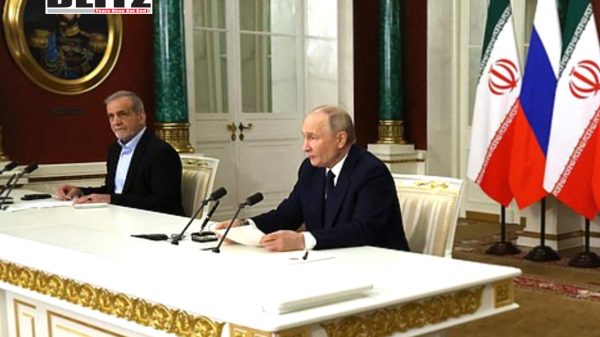
The relationship between Russia and Iran has reached a new milestone with the announcement of a landmark Comprehensive Strategic Partnership Agreement. The document, described as transformative, covers a wide range of areas, including defense cooperation, counterterrorism, energy, finance, transport, industry, agriculture, culture, science, and technology. Russian President Vladimir Putin and Iranian President Masoud Pezeshkian hailed the agreement as a significant step toward deepening bilateral ties during a press conference in Moscow on January 17.
Welcoming President Pezeshkian to Moscow, Putin emphasized the importance of the visit, calling it a moment of “special significance.” The strategic partnership agreement, he stated, would propel cooperation between the two nations to unprecedented levels. “I am very pleased that this work has been completed. This is important because it will give additional impetus to almost all areas of our cooperation,” Putin said, underscoring the comprehensive nature of the pact.
For his part, Pezeshkian expressed optimism about the future of Iran-Russia relations, describing Russia as a “brotherly and friendly nation.” He noted that the agreement provides a “solid foundation” for expanded cooperation, particularly in critical sectors such as energy and nuclear development. “We have taken great pains to ensure all issues on our side were resolved to make this agreement a reality,” Pezeshkian remarked.
The Comprehensive Strategic Partnership Agreement is designed to formalize and expand collaboration between Moscow and Tehran across various spheres. While the full text of the agreement has not been disclosed, officials from both nations have highlighted several key areas:
Defense Cooperation and Counterterrorism: The agreement is expected to enhance military and intelligence collaboration. Given their shared geopolitical challenges, including Western sanctions and regional security threats, the pact could help both nations counteract external pressures.
Energy and Nuclear Development: Russia and Iran’s long-standing partnership in the civilian nuclear sector is set to deepen. Russia has been instrumental in the development of Iran’s nuclear infrastructure, particularly at the Bushehr Nuclear Power Plant. Two additional reactors at the site, started in 2017, are scheduled for completion in 2024 and 2026. Pezeshkian expressed hope that the new agreement would also facilitate further collaboration on nuclear energy.
Economic and Financial Ties: The agreement includes measures to strengthen financial and trade relations. With both nations facing extensive Western sanctions, alternative financial mechanisms and trade routes could prove critical in bypassing these restrictions.
Science, Technology, and Culture: The pact also includes provisions for collaboration in science, technology, and cultural exchanges, which aim to foster closer people-to-people ties and innovation-driven growth.
The strategic alignment between Moscow and Tehran comes at a time when both nations face significant geopolitical challenges. Russia remains embroiled in the conflict in Ukraine, grappling with Western sanctions and isolation. Similarly, Iran’s economy continues to suffer under US-led sanctions, exacerbated by its contentious nuclear program and domestic unrest.
This partnership reflects a shared need to counteract Western hegemony and establish alternative alliances. Both nations have been outspoken critics of US policies and have sought to build a multipolar world order. The agreement symbolizes their determination to resist Western pressure and explore mutually beneficial collaborations.
Energy cooperation has been a cornerstone of the Russia-Iran relationship. As major players in the global energy market, both nations share an interest in stabilizing and controlling oil and gas markets. The new partnership could pave the way for joint ventures in energy production and distribution, particularly in regions where their interests align, such as Central Asia and the Middle East.
Nuclear collaboration remains a critical component of their partnership. Russia’s role in constructing and expanding the Bushehr Nuclear Power Plant exemplifies its commitment to Iran’s civilian nuclear program. Pezeshkian’s remarks about resolving issues related to the construction of a new nuclear power plant indicate that further projects may be on the horizon.
President Pezeshkian’s characterization of the agreement as a “solid foundation” for future cooperation underscores the depth of the partnership. Beyond the economic and strategic dimensions, the agreement signals a political alignment that could reshape regional dynamics.
By formalizing their alliance, Russia and Iran aim to project strength and unity in the face of external pressures. The partnership could serve as a model for other nations seeking to diversify their international relationships and challenge Western dominance.
The Comprehensive Strategic Partnership Agreement will undoubtedly have ripple effects across the globe. For the West, the closer alignment of Moscow and Tehran represents a challenge to efforts aimed at isolating these nations. The agreement’s emphasis on defense cooperation and counterterrorism could also complicate Western policies in regions where Russia and Iran have significant influence, such as the Middle East and Central Asia.
For neighboring countries, the partnership could alter regional power dynamics. Iran’s growing reliance on Russia for military and economic support may embolden Tehran in its regional policies, potentially increasing tensions with rivals such as Saudi Arabia and Israel.
While the agreement marks a significant milestone, challenges remain. Both nations face economic constraints and international scrutiny, which could hinder the implementation of ambitious projects. Additionally, navigating the complex regional dynamics of the Middle East and Eurasia will require careful diplomacy and coordination.
Nonetheless, the partnership offers numerous opportunities. By leveraging their respective strengths, Russia and Iran can enhance their economic resilience, technological capabilities, and geopolitical influence. The agreement also opens the door for greater collaboration with other nations seeking alternatives to Western-dominated institutions and frameworks.
The signing of the Comprehensive Strategic Partnership Agreement between Russia and Iran represents a landmark moment in their bilateral relations. By formalizing cooperation across a broad spectrum of sectors, the pact lays the groundwork for a deeper and more resilient partnership. In an era of heightened geopolitical tensions and shifting alliances, the agreement underscores the importance of strategic collaborations in addressing shared challenges and advancing mutual interests.
As Putin and Pezeshkian chart a new course for their nations, the world will be watching closely to see how this partnership unfolds and what it means for the balance of power in an increasingly multipolar world.


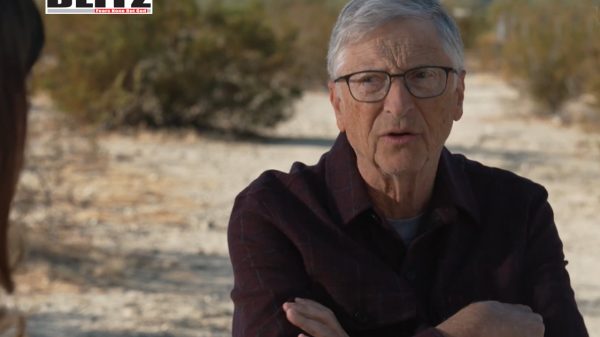
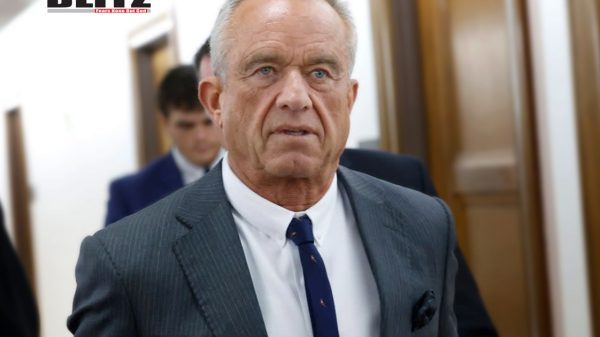
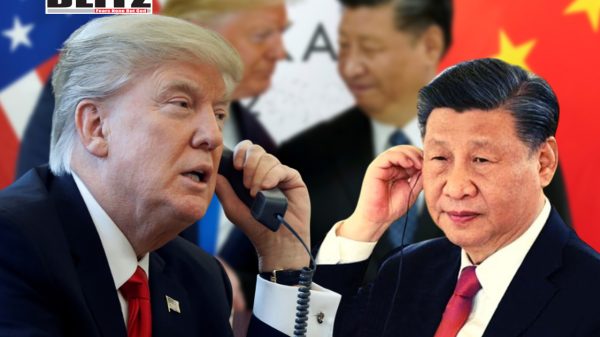
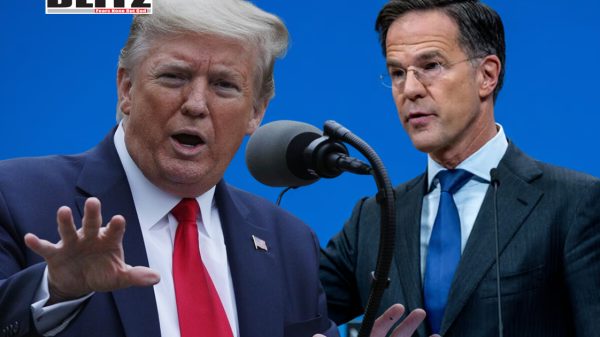
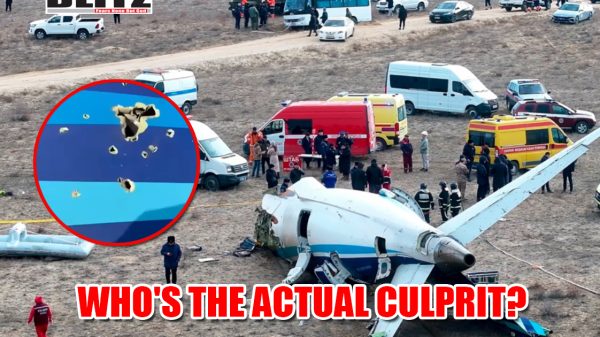
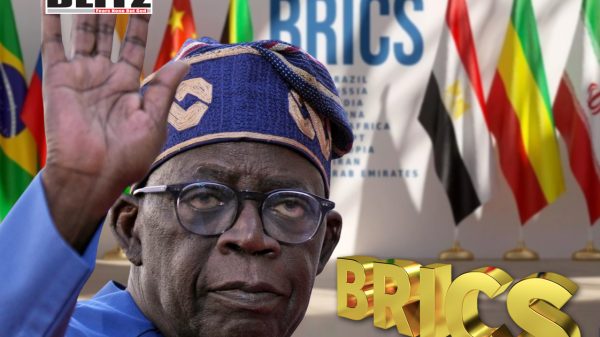
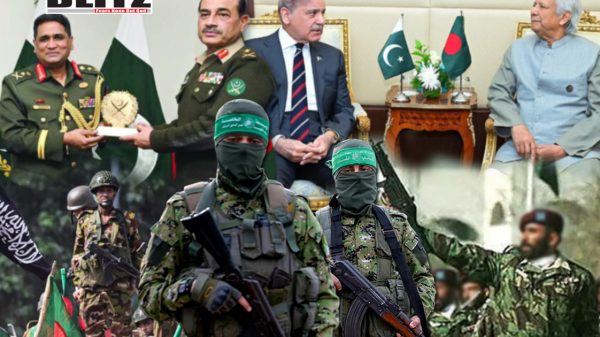

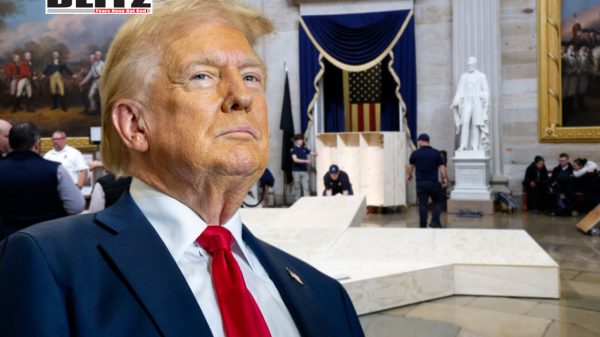
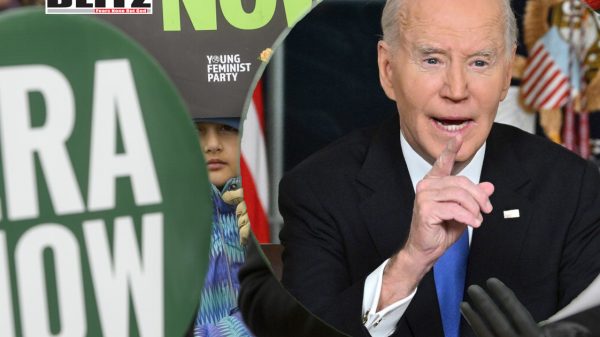
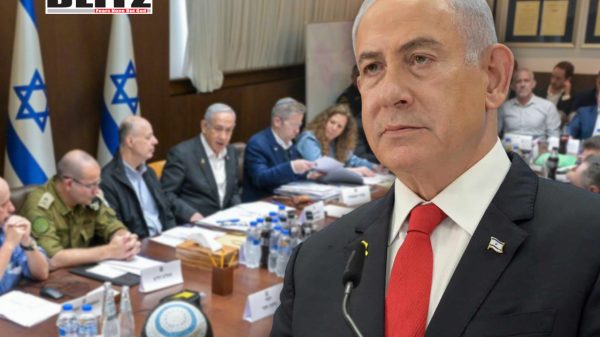

Leave a Reply